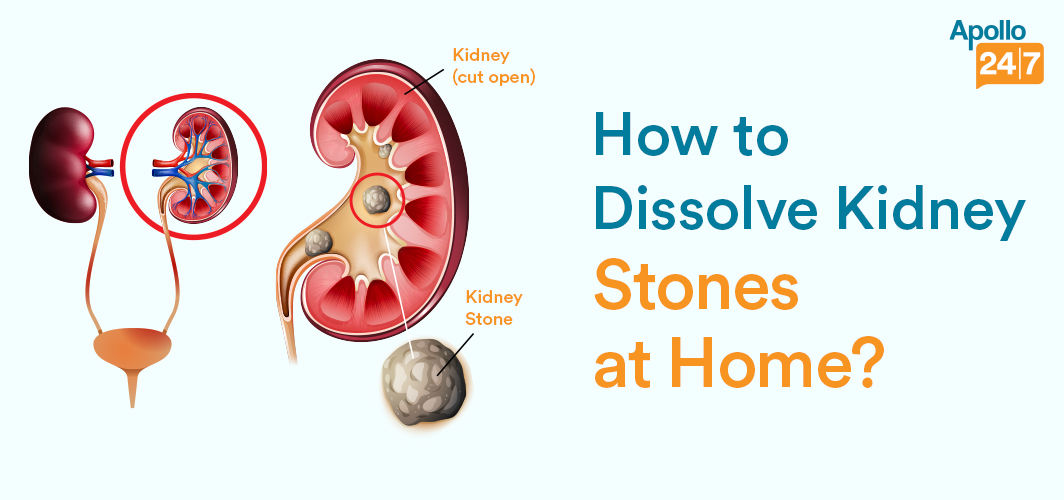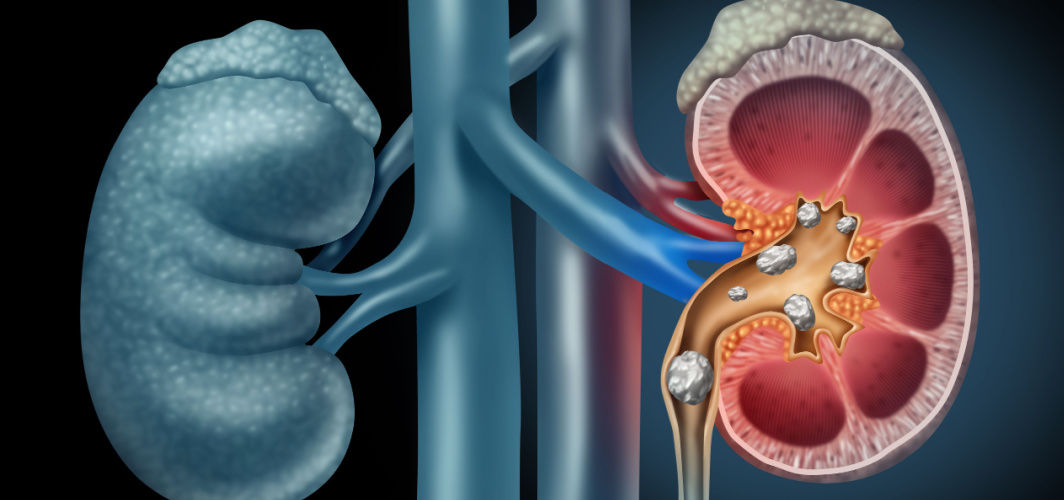General Health
Glycated Haemoglobin (HbA1c) Test – Normal Range, Purpose, Procedure, and Results Interpretation
6 min read
By Apollo 24|7, Published on - 13 May 2025
Share this article
0
0 like
.jpg?tr=q-80)
The HbA1c test, also known as the glycated haemoglobin test or A1c test, is a widely used diagnostic and monitoring tool for diabetes. It measures the average blood glucose (sugar) levels over the past two to three months by assessing the amount of glucose attached to haemoglobin, the protein in red blood cells that carries oxygen. Because red blood cells live for around 120 days, the test reflects a longer-term trend rather than a snapshot, making it especially useful in diabetes care. In this article, we will explore the purpose of the HbA1c test, how to prepare for it, the procedure, how results are interpreted, and what the normal ranges look like across different age groups and regions, including an overview of the HbA1c normal range chart and specific data from India.
Purpose of the Glycated Haemoglobin (HbA1c) Test
The primary purpose of the HbA1c test is to diagnose and monitor diabetes mellitus—both type 1 and type 2. It also plays a vital role in assessing how well blood sugar levels are being controlled in individuals already diagnosed with diabetes. Here are some common reasons why your doctor might recommend the HbA1c test:
- Diagnosing Diabetes or Prediabetes: If you are showing signs such as frequent urination, fatigue, blurred vision, or unexplained weight loss, your doctor might use the HbA1c test as part of a diabetes diagnosis.
- Monitoring Blood Sugar Control: For those with diabetes, the test helps evaluate the effectiveness of treatment plans, including medication, diet, and exercise.
- Preventing Complications: Keeping HbA1c levels within target range can help reduce the risk of complications such as neuropathy, retinopathy, and cardiovascular disease.
- Screening High-Risk Individuals: People with a family history of diabetes, obesity, high blood pressure, or a sedentary lifestyle may be screened regularly.
Preparation for an Glycated Haemoglobin (HbA1c) Test
One of the advantages of the HbA1c test is that it does not require fasting. You can eat and drink as normal before the test, making it more convenient than other glucose tests like the fasting plasma glucose (FPG) or oral glucose tolerance test (OGTT).
Preparation Tips:
- Medication Disclosure: Inform your doctor about any medications or supplements you’re taking, as some can influence blood glucose levels.
- Recent Illness or Conditions: Illnesses that affect red blood cells, such as anaemia or recent blood loss, may alter results. Let your healthcare provider know about any such conditions.
- Consistency: If you're monitoring diabetes, try to take the test at the same lab and under similar conditions for accurate trend comparison.
Procedure for the Glycated Haemoglobin (HbA1c) Test
The HbA1c test is a straightforward blood test performed at a clinic or pathology lab.
- Sample Collection: A healthcare professional or a phlebotomist will tie a band tightly around your upper arm to make your veins more visible. After cleaning the intended area with an antiseptic, a needle is inserted into a vein by the doctor. Blood is drawn into a tube attached to the needle. Once sufficient blood is collected, the needle is withdrawn. The puncture site is covered with a small gauze pad or cotton ball to stop bleeding.
- Laboratory Analysis: The sample is sent to a laboratory where the percentage of glycated haemoglobin is measured.
- Time Required: The test takes just a few minutes, and results are usually available within a day or two.
Understanding the Glycated Haemoglobin (HbA1c) Test Normal Range Chart
The HbA1c result is expressed as a percentage, which reflects how much glucose is bound to your haemoglobin. Glycosylated hemoglobin normal range, borderline range and high range are as follows:
Note: These values may vary slightly depending on the laboratory, age, sex, and underlying conditions. Also, the 'Comments' component was not included in the table above as these are optional; testing of these is conditional depending on the results of other tests.
Interpreting Glycated Haemoglobin (HbA1c) Test Results
The HbA1c value gives an estimate of your average blood sugar level over the past 2–3 months. Here's how it correlates with estimated average glucose (eAG):
HbA1c, Glycated Haemoglobin
Estimated Average Glucose (EAG)
Your healthcare provider will interpret your results alongside other factors like blood pressure, cholesterol, and kidney function to decide on your treatment plan.
Factors Affecting Glycated Haemoglobin (HbA1c) Test Results
Several conditions can affect the accuracy of your HbA1c results:
- Anaemia: Iron-deficiency or haemolytic anaemia can cause falsely high or low results.
- Kidney or liver disease: These conditions can impact red blood cell turnover and thus alter HbA1c values.
- Recent blood transfusions: Can skew results by introducing new red blood cells.
- Ethnic background: Some ethnicities may have naturally higher HbA1c levels.
In such cases, other diagnostic tests like fructosamine may be recommended.
Managing Abnormal Glycated Haemoglobin (HbA1c) Levels
Managing abnormal glycated haemoglobin (HbA1c) levels is crucial for preventing complications and maintaining overall health, particularly in individuals with or at risk of diabetes. Below are the ways to manage abnormal glycated haemoglobin (HbA1c) levels:
1. If Your HbA1c is High:
- Medication: You may need to start or adjust diabetes medications like metformin or insulin.
- Dietary Changes: Focus on low-glycaemic foods, reduce sugar intake, and maintain regular meal timings.
- Exercise: Regular physical activity helps improve insulin sensitivity.
- Weight Management: Losing even 5–10% of body weight can significantly reduce HbA1c levels.
- Stress Reduction: Chronic stress can raise blood sugar levels. Mindfulness and sleep management can help.
2. If Your HbA1c is Low:
Unusually low HbA1c levels may be due to over-treatment or conditions causing shortened red blood cell lifespan. It’s essential to review treatment plans to prevent hypoglycaemia.
Conclusion
The HbA1c test is an invaluable tool for diagnosing, monitoring, and managing diabetes. With a single, non-fasting blood sample, it offers a comprehensive picture of your blood sugar control over the past few months. Interpreting the results in the context of the HbA1c normal range chart, including by age and geographical factors such as the HbA1c normal range chart India, ensures a personalised and accurate understanding of your health. Whether you are newly diagnosed or managing diabetes long-term, regular HbA1c testing, combined with lifestyle changes and medical support, plays a key role in reducing complications and improving quality of life.
General Health
Frequently Asked Questions
How does the HbA1c normal range chart by age differ from standard charts?
How does the HbA1c normal range chart by age differ from standard charts?
Is there an HbA1c normal range chart specific to India?
Is there an HbA1c normal range chart specific to India?
Can an HbA1c test diagnose diabetes on its own?
Can an HbA1c test diagnose diabetes on its own?
How often should I check my HbA1c levels?
How often should I check my HbA1c levels?
What lifestyle changes can help maintain HbA1c within the normal range?
What lifestyle changes can help maintain HbA1c within the normal range?
What factors can affect the accuracy of an HbA1c test?
What factors can affect the accuracy of an HbA1c test?
How is the HbA1c normal range chart useful in managing children or adolescents with diabetes?
How is the HbA1c normal range chart useful in managing children or adolescents with diabetes?
How often should I get my HbA1c tested?
How often should I get my HbA1c tested?
Leave Comment
Recommended for you

General Health
How to Dissolve Kidney Stones at Home?
Regardless of gender, any individual can develop kidney stones. Because of kidney stones, one can suffer from several symptoms that impact their daily lifestyle. In this blog, you can find home remedies that help you to dissolve kidney stones.

General Health
7 Diet Tips to Prevent Kidney Stones
Learn about the best dietary strategies to prevent kidney stones. These tips will help you make lifestyle changes to reduce your risk of developing kidney stones.

General Health
Winter Edition: Tips to Keep Your Throat Healthy!
In this blog, we'll talk about why our throats tend to become inflamed and infected during the colder months, as well as what we can do to prevent this from happening.
Subscribe
Sign up for our free Health Library Daily Newsletter
Get doctor-approved health tips, news, and more.
Visual Stories

Science-backed Home Remedies for Burns and Blisters
Tap to continue exploring
Recommended for you

General Health
How to Dissolve Kidney Stones at Home?
Regardless of gender, any individual can develop kidney stones. Because of kidney stones, one can suffer from several symptoms that impact their daily lifestyle. In this blog, you can find home remedies that help you to dissolve kidney stones.

General Health
7 Diet Tips to Prevent Kidney Stones
Learn about the best dietary strategies to prevent kidney stones. These tips will help you make lifestyle changes to reduce your risk of developing kidney stones.

General Health
Winter Edition: Tips to Keep Your Throat Healthy!
In this blog, we'll talk about why our throats tend to become inflamed and infected during the colder months, as well as what we can do to prevent this from happening.